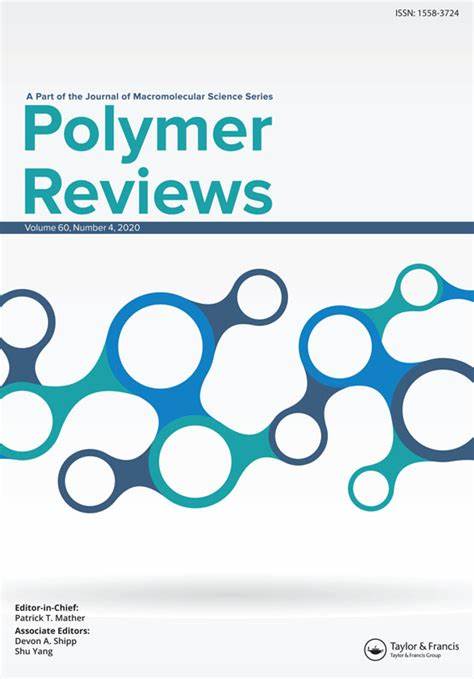Poly-Ether-Ether-Ketone (PEEK) Biomaterials and Composites: Challenges, Progress, and Opportunities
IF 11.9
2区 化学
Q1 POLYMER SCIENCE
引用次数: 0
Abstract
Polyetheretherketone (PEEK) is a lightweight, bioinert, high-performance thermoplastic that is beginning to see clinical use in orthopedic applications. PEEK outperforms conventional metallic counterparts in terms of reduced stress shielding and improved chemical resistance, making it highly suitable for implantable applications. However, despite its excellent mechanical properties, the elevated melting point (343 °C) presents significant challenges during manufacturing. Furthermore, PEEK requires surface modifications to enhance antibacterial, bioactive, and osseointegration properties suitable for in vivo applications. In this context, the present manuscript highlights current manufacturing challenges for implantable PEEK biomaterials and typical fiber reinforced PEEK composites. Emphasis is placed on reinforcements such as carbon fiber (CF), hydroxyapatite (HA) and titanium dioxide (TiO2), along with multi-material PEEK composites and their applications. Opportunities are identified to address these challenges, contributing toward the development of synergetic, multi-functional PEEK biomaterials suitable for long-term implantable applications.聚醚醚酮 (PEEK) 生物材料与复合材料:挑战、进步与机遇
聚醚醚酮(PEEK)是一种轻质、生物惰性、高性能的热塑性塑料,已开始在整形外科临床应用中使用。PEEK 在降低应力屏蔽和提高耐化学性方面优于传统的金属材料,因此非常适合植入应用。然而,尽管 PEEK 具有出色的机械性能,但其较高的熔点(343 °C)给制造过程带来了巨大挑战。此外,PEEK 还需要进行表面改性,以增强抗菌、生物活性和骨结合特性,从而适合体内应用。在此背景下,本手稿重点介绍了植入式 PEEK 生物材料和典型纤维增强 PEEK 复合材料当前面临的制造挑战。重点介绍了碳纤维 (CF)、羟基磷灰石 (HA) 和二氧化钛 (TiO2) 等增强材料以及多材料 PEEK 复合材料及其应用。文章指出了应对这些挑战的机遇,有助于开发适合长期植入应用的协同多功能 PEEK 生物材料。
本文章由计算机程序翻译,如有差异,请以英文原文为准。
求助全文
约1分钟内获得全文
求助全文
来源期刊

Polymer Reviews
工程技术-高分子科学
CiteScore
24.80
自引率
0.80%
发文量
21
审稿时长
6 months
期刊介绍:
Polymer Reviews is a reputable publication that focuses on timely issues within the field of macromolecular science and engineering. The journal features high-quality reviews that have been specifically curated by experts in the field. Topics of particular importance include biomedical applications, organic electronics and photonics, nanostructures, micro- and nano-fabrication, biological molecules (such as DNA, proteins, and carbohydrates), polymers for renewable energy and environmental applications, and interdisciplinary intersections involving polymers.
The articles in Polymer Reviews fall into two main categories. Some articles offer comprehensive and expansive overviews of a particular subject, while others zero in on the author's own research and situate it within the broader scientific landscape. In both types of articles, the aim is to provide readers with valuable insights and advancements in the field of macromolecular science and engineering.
 求助内容:
求助内容: 应助结果提醒方式:
应助结果提醒方式:


